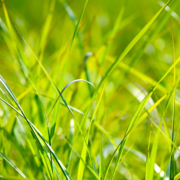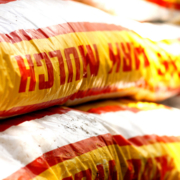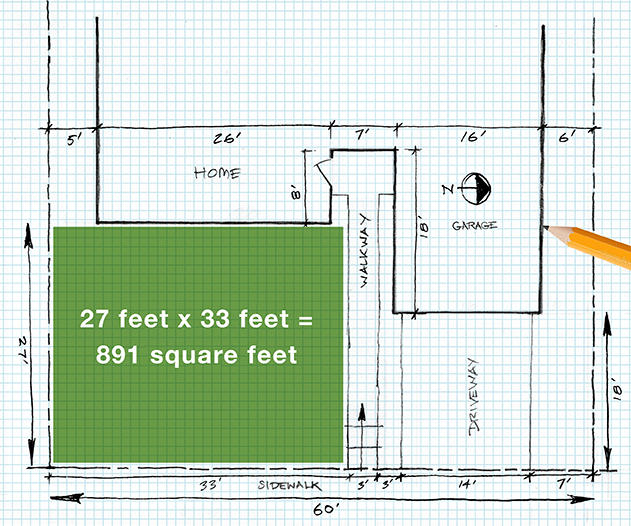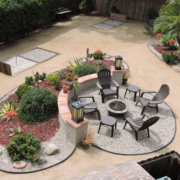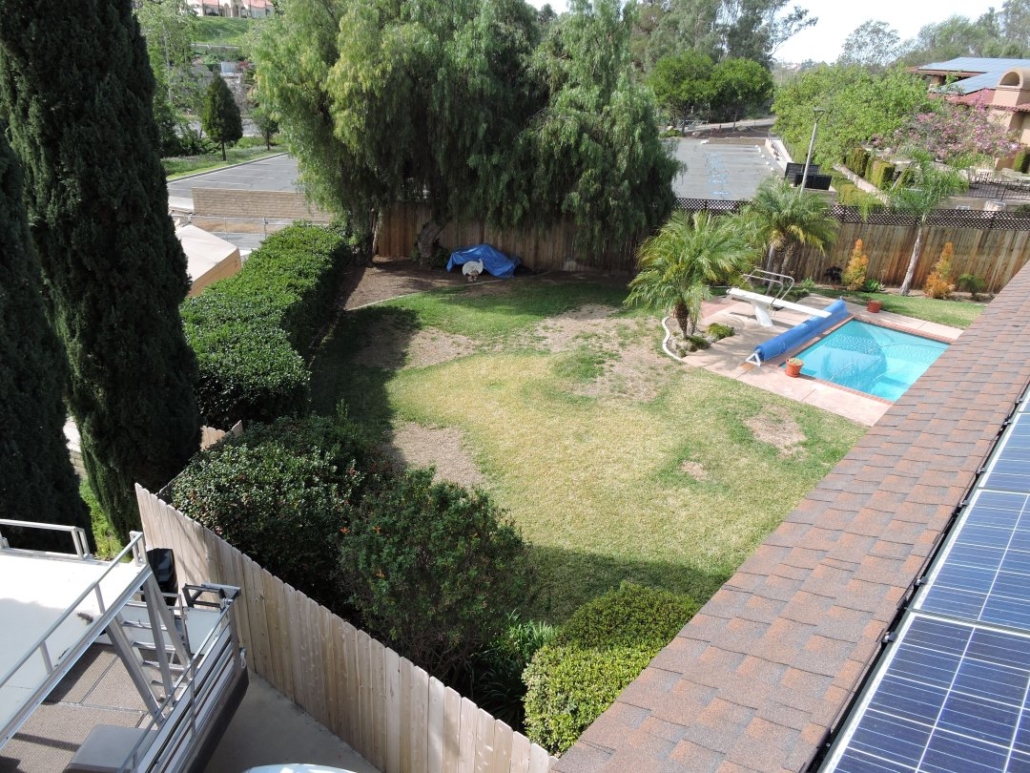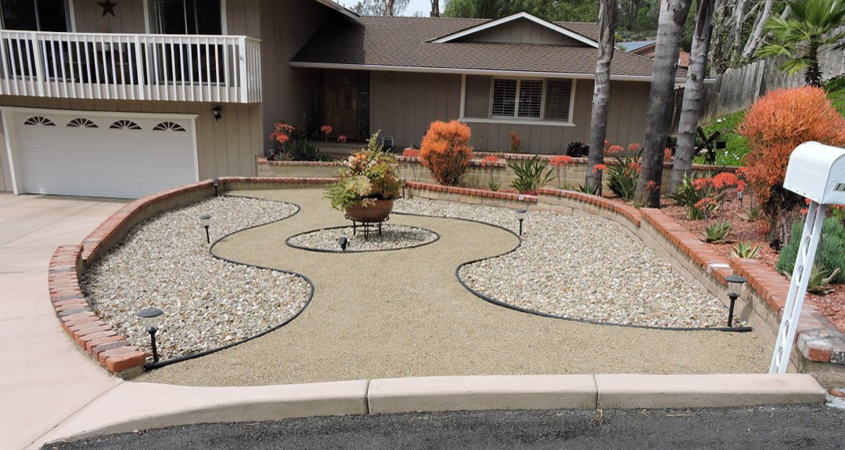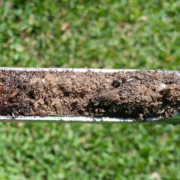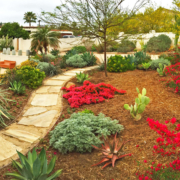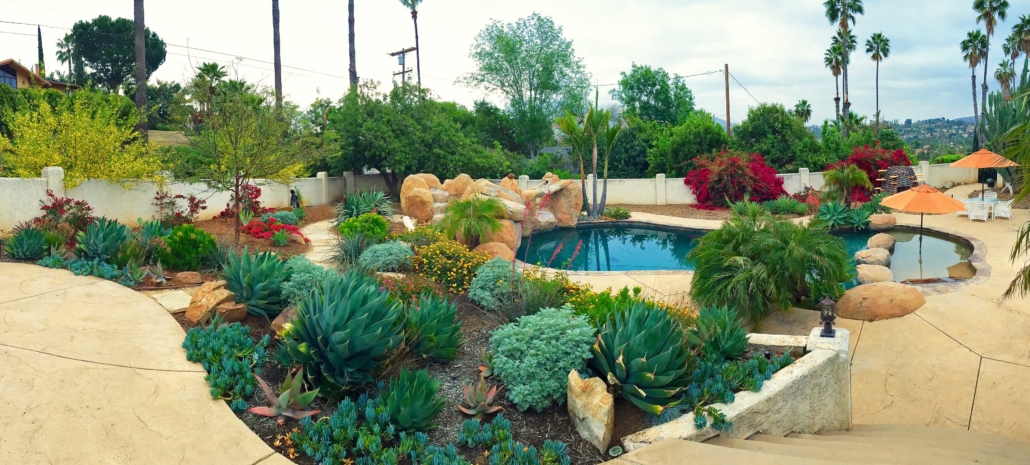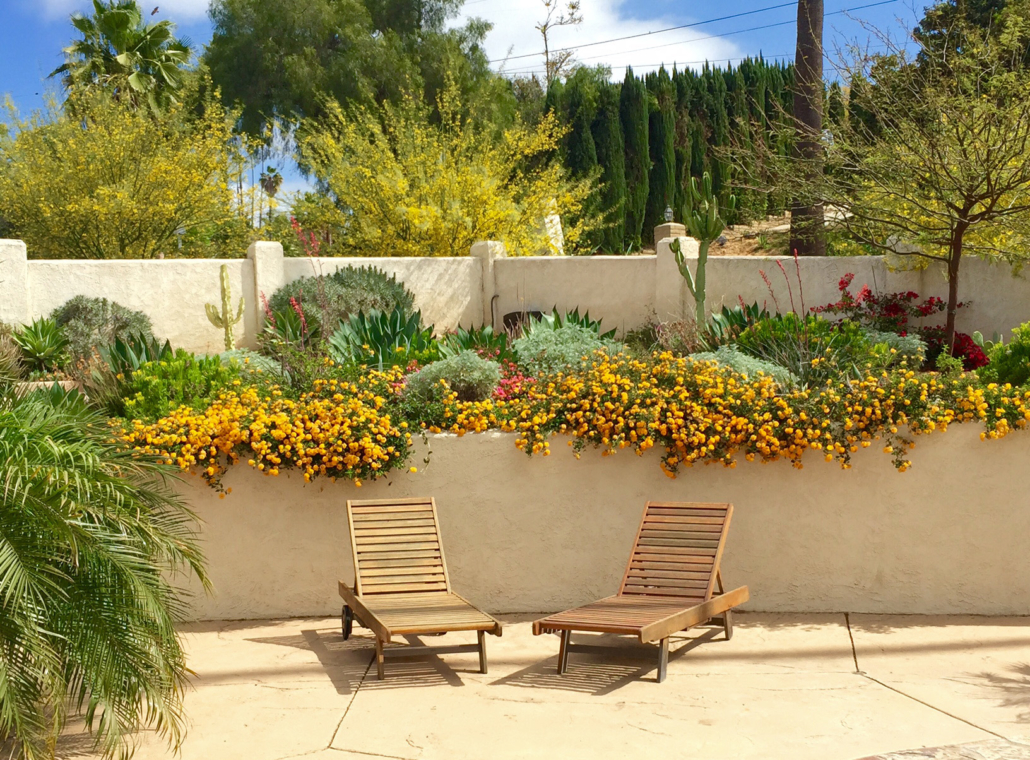The Right Way to Remove Your Lawn
If you have made the decision to replace your thirsty, water-guzzling grass, you need to plan your grass removal process carefully to ensure you leave healthy living soil ready for new landscaping in its place.
Here’s how to do it:
First, keep your grass moist until you remove it. Don’t withhold irrigation and let it turn brown as it dies off. Healthy microbes in your soil will die off along with the lawn. You want to work with those microbes to help create healthy soil for your new plants. It’s also a lot easier to remove fresh, moist grass than to try and pry out dead dry grass and weeds in hard dry soil.
Keep your soil microbes healthy to support your new landscaping
Along the same lines, don’t “solarize” your landscaping in the effort to remove your lawn. Solarizing is sometimes used as a way to remove grass with chemicals. It uses a covering such as a heavy black plastic tarp to broil the lawn at high temperatures using sunlight and kill it. But that process kills everything, including healthy microbes you need for healthy soil. Yes, you can replace them with compost, but you will need to invest in a lot of compost to restore the good microbes after you’ve removed the grass by solarizing.
Solarizing also backfires because sterilized soil is ideal for weeks. The moment you remove the plastic, opportunistic weeds will move in fast to try and take over the ground. It isn’t because you failed to kill the weed seeds in the soil. New weeds can arrive in a flash, and there is nothing to prevent them taking over.
Avoid compacting or tilling your soil when removing old turf
Avoid compacting your soil. If you use heavy equipment to remove your old turf, the weight of the equipment will compact the soil underneath. Try to minimize the use of heavy equipment and use walk-behind equipment with hand tools where possible, reserving the use of a tractor or scraper only where necessary.
Avoid tilling your soil. Tilling soil breaks up and kills your soil microbes. Without the microbes, you’re guaranteed to have those weeds pop up for a long time until new soil microbes develop.
When removing your grass, protect your trees. If you want to preserve your healthy trees while removing your lawn, you need to be careful with their roots. Don’t use any heavy equipment to remove turf around your trees. Avoid the entire area under the canopy of the tree’s branches. Tree root structures extend all the way out to the drip line at the edge of the leaves. Keep your trees well-watered during the removal process to help minimize root shock.
Guard against shock to trees from reduced irrigation
When your new sustainable landscaping is installed, your previously existing trees may go into shock when irrigation is reduced overall in your garden. After all, this is one of the reasons for removing your lawn. Pay special attention to keeping the trees watered during the first year after your grass is removed, even if you remove the surrounding original irrigation.
A good way to hand-water trees is to punch holes in a five-gallon plastic bucket. Fill the bucket, set it down at the edge of the tree canopy, and let the water slowly seep into the ground. Repeat the process three to four times to water your beautiful mature trees. This mimics the natural rainfall Mother Nature provides.
READ MORE: Gardening Like A Wise Old OWL
This article was inspired by the 71-page Sustainable Landscapes Program guidebook available at SustainableLandscapesSD.org. Hardcopies are available free of charge at the Water Authority’s headquarters, 4677 Overland Ave., Kearny Mesa. The Water Authority and its partners also offer other great resources for landscaping upgrades, including free WaterSmart classes at WaterSmartSD.org.

